Tue 19 Nov 2013
Silica rule delayed
Posted by admin under Dust, Exposure, Federal OSHA, OSHA, PEL (Perm Exp Limit), Silica, Uncategorized
Comments Off on Silica rule delayed
For better, or worse, the silica rule has been delayed, again. This delay is for an extension of the public comment period, which goes until December 12, 2013. Public hearings are set to begin on March 4, 2014.
Find OSHA here, with links to my previous post. A NPR story from February, 2013.
My views on this rule haven’t changed much: It’s still a mixed-bag. There are still overexposures to silica (see my pictures from the last 3 weeks). However, will the new rule change the behavior?
- Overexposures are still happening
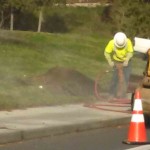
- Silica deaths have decreased over the past (without the new rule)
- Will the small employers (the ones who typically offend the most) comply? Or just wait to be cited?
But, my overwhelming thought is this:
- Any new rule will generate “noise” for the subject of silica. And, that’s a good-thing.
- This will drive:
- compliance
- changes
- innovation
- discussions
- awareness

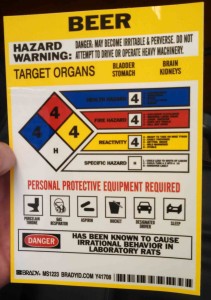
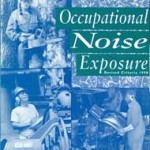

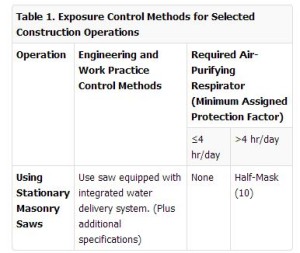
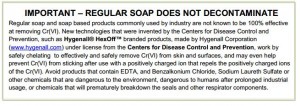
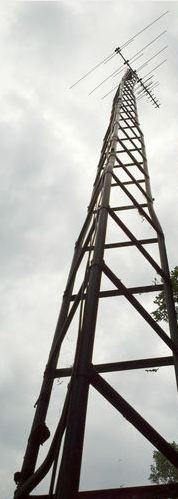
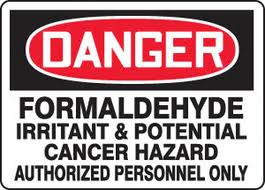
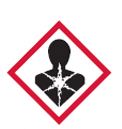
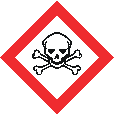

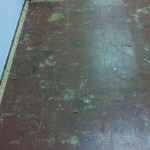 In contrast, a remodeling company installing a floating laminate hardwood over asbestos 9×9 inch tiles (without damaging them) is [probably*] NOT causing airborne releases of asbestos.
In contrast, a remodeling company installing a floating laminate hardwood over asbestos 9×9 inch tiles (without damaging them) is [probably*] NOT causing airborne releases of asbestos.